Canada’s culinary scene can be vibrant, but sometimes even beloved restaurants vanish seemingly overnight. From neighborhood gems to nationally recognized spots, closures have left diners scratching their heads. Rising rents, staffing shortages, and shifting market tastes often hit hard, even for restaurants with loyal followings. Here are 22 Canadian restaurants that vanished without warning:
Marché Mövenpick

Marché Mövenpick was more than just a restaurant; it was an experience. Located in Brookfield Place, Toronto, it featured market-style food stations where diners could choose from fresh international dishes, including pasta, stir-fry, seafood, and desserts. For years, it was a favorite for downtown professionals looking for variety and freshness in a casual setting. Its open-kitchen concept created an atmosphere that felt vibrant and alive. When the closure was announced, regulars were stunned, as the brand decided to retreat from Canada altogether.
Poutini’s House of Poutine

Poutini’s House of Poutine was a late-night institution in Toronto’s Queen Street West neighborhood. Known for elevating the humble Canadian classic, it offered gourmet takes with toppings like bacon, pulled pork, and vegan gravy. For many, grabbing a box after a night out was a ritual. Its small space often bustled with hungry customers well past midnight. The closure came as a shock to its loyal following, as the spot had become synonymous with Toronto’s poutine culture. Rising business pressures and shifting nightlife trends ultimately forced the doors shut.
Lick’s Homeburgers
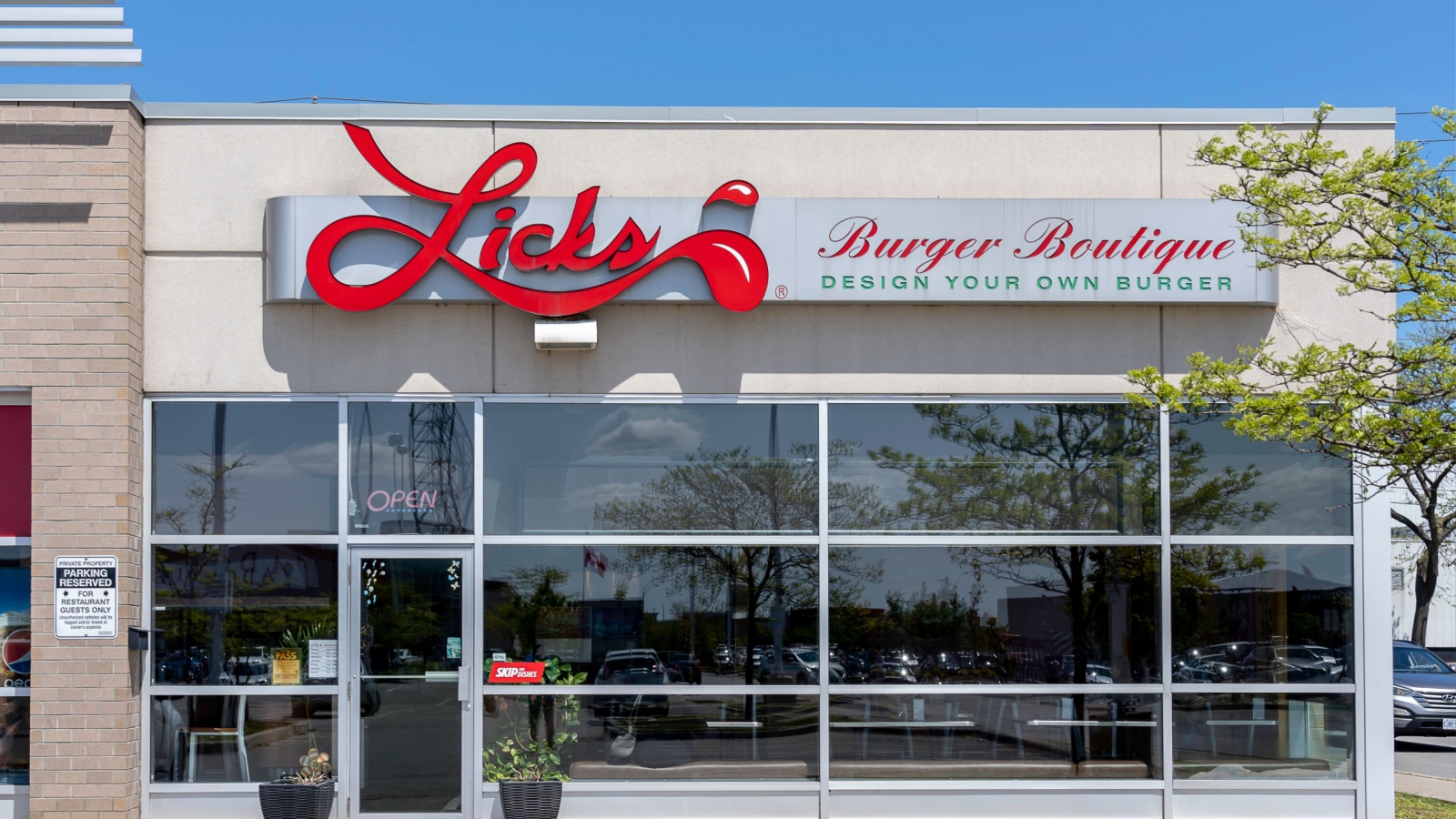
Lick’s was a fast-casual, burger joint chain that survived until recently, closing a majority of its locations in 2021, with very few remaining in the country. Known for its grilled flame burgers, thick shakes, and laid-back vibe, Lick’s was many Canadians’ go-to for casual burgers. Fans say they appreciated the customization, the poutine options, and the retro feel. The closure was sudden for some locations, and it left a gap, particularly since burgers are so central to fast food culture. Many now compare what they eat elsewhere to the simplicity and flavor Lick’s used to deliver.
The Dock on Queen
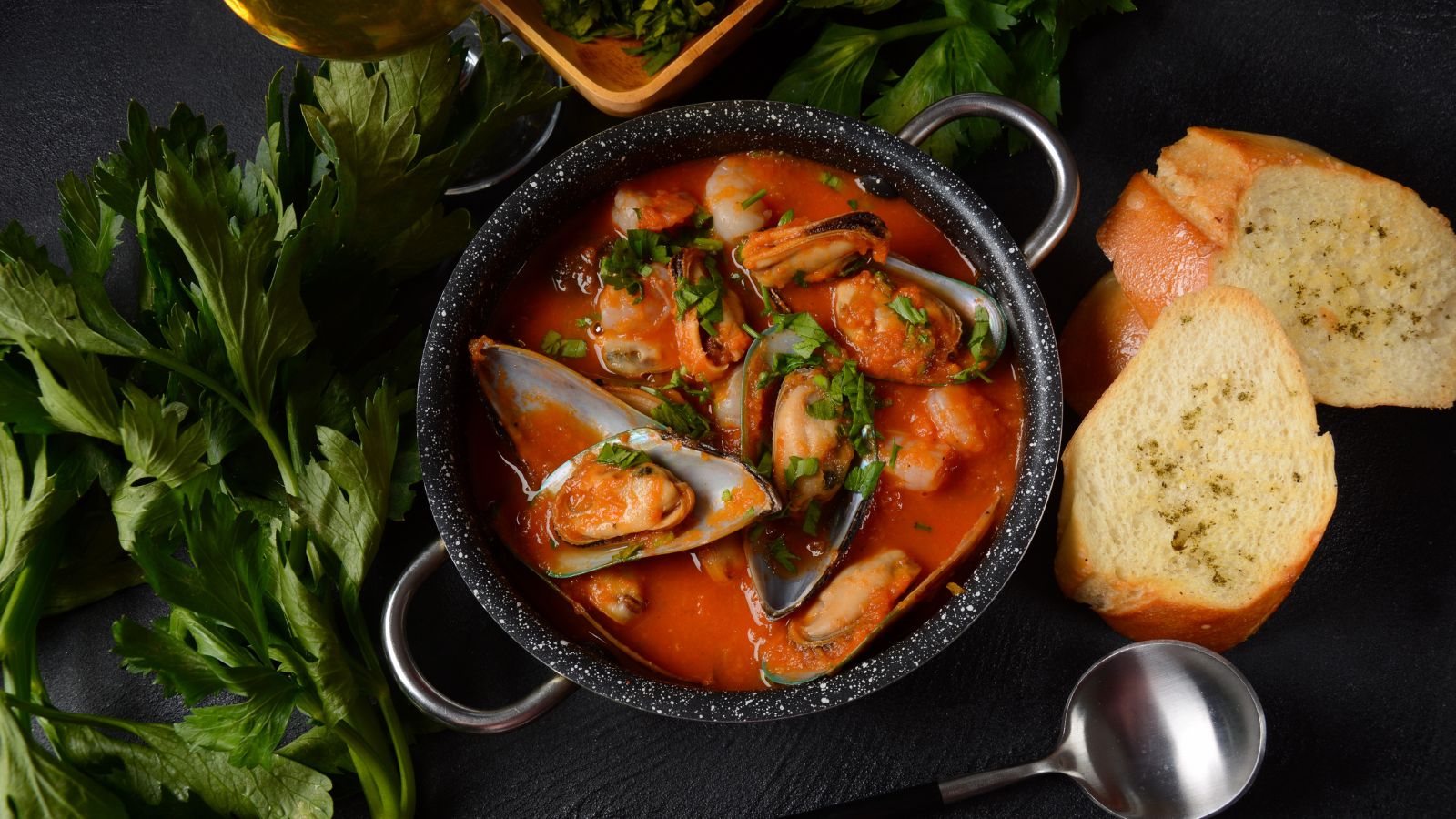
Known for its cozy charm, The Dock on Queen was a neighborhood staple that specialized in seafood dishes and hearty plates. Tucked into Toronto’s Queen Street strip, it offered diners a warm, welcoming space that felt like home. Regulars came for its chowders, fish specials, and inviting staff. Its unexpected closure was especially disheartening for seafood fans, who appreciated its unpretentious yet flavorful menu. The pandemic’s economic challenges hit small independent operators the hardest, and The Dock was no exception. Its loss left a noticeable hole in the local dining scene, particularly for casual seafood lovers downtown.
Scallywags

Scallywags was a Midtown Toronto classic that many considered their neighborhood hangout. Known for its brunches, rooftop patio, and pub-style comfort foods, it was a go-to spot for watching sports or catching up with friends. Generations of locals created memories there, whether it was lazy Sunday breakfasts or celebratory pints after a big game. When news broke of its closure, longtime patrons expressed sadness, as the restaurant had become part of the city’s social fabric. Rising rents and pandemic-related pressures contributed to the decision, making Scallywags another casualty of Toronto’s changing dining landscape.
Mother’s Pizza

Mother’s Pizza was a classic pizza chain that disappeared in 1989, but many Canadians still remember it fondly. Known for its simple, family-friendly atmosphere, pizza by the slice, and casual dine-in experience, it was a go-to for cheap eats and late nights. The décor was unpretentious, the menu straightforward with pizza, pop, and perhaps a salad or two. When it closed, people missed more than just the food, and they missed the ease of walking in and getting a reliable, no-frills pie. Nostalgia for Mother’s shows how much Canadians value accessible, casual comfort food joints.
Southern Accent
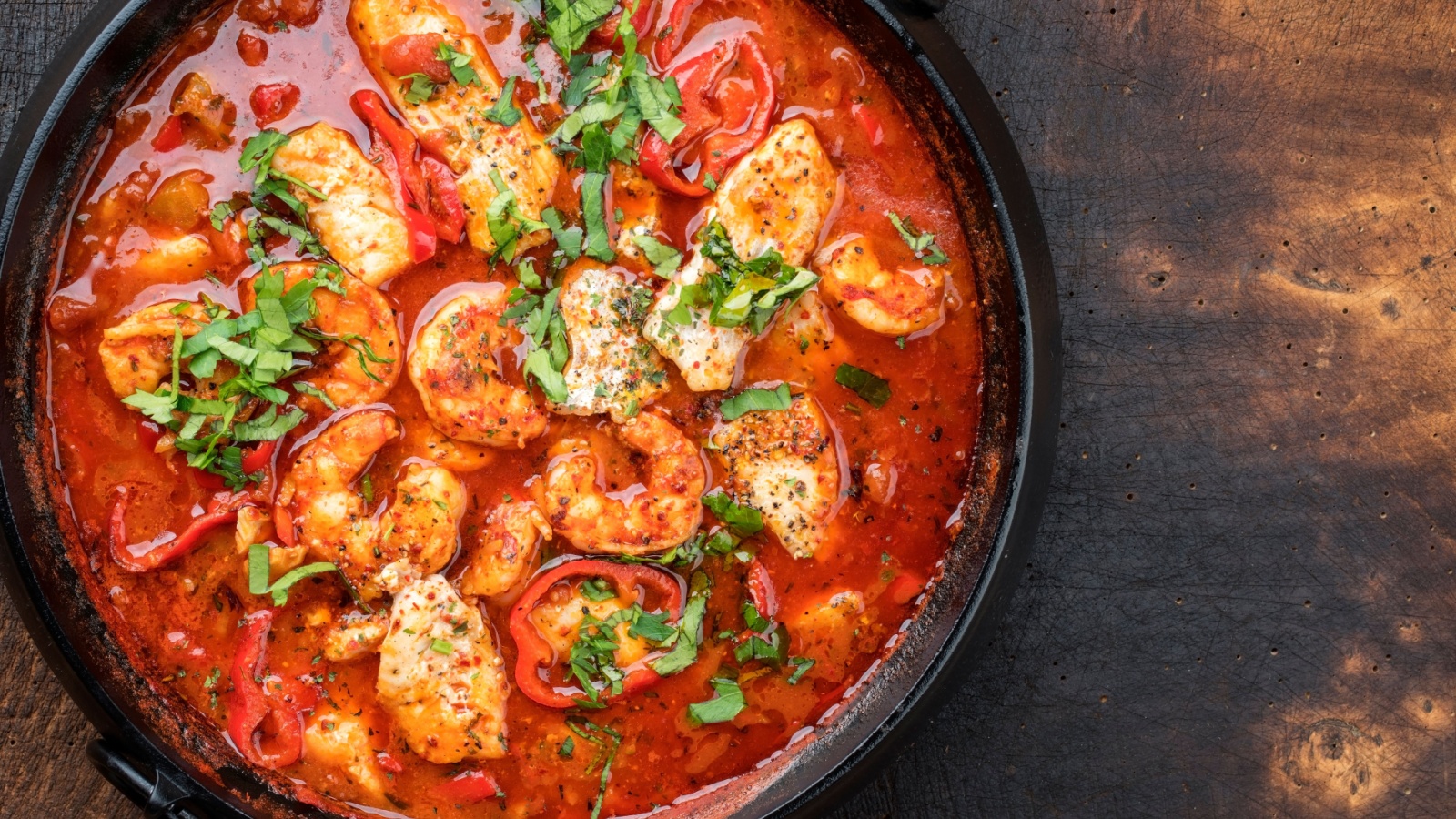
Southern Accent was Toronto’s little slice of New Orleans, serving Cajun and Creole classics like jambalaya, gumbo, and blackened catfish. For decades, it introduced locals to flavors rarely found elsewhere in the city, all in a quirky, welcoming atmosphere filled with Mardi Gras energy. It became a staple for adventurous food lovers and loyal regulars alike. The closure came as a disappointment, as it represented the loss of a long-standing, independent institution. Changing consumer patterns and financial pressures made survival difficult, and its absence has left fans searching for that authentic Southern charm in Toronto.
Murray’s Restaurants

Murray’s was a family dining chain that by the late 1980s mainly had shut down. Known for its homestyle menus, consisting of roasts, chicken dinners, and breakfast staples, it appealed to families seeking hearty meals in a comfortable setting. People remember Murray’s for its warm decor, predictable menu, and how meal times there felt like small, safe treats. Its closures came as economic pressures, competition, and changing dining habits squeezed mid-scale family restaurants. For many Canadians, Murray’s represents a bygone era when eating out meant both comfort and cost-effectiveness.
The Westerly

The Westerly was a neighborhood favorite that excelled in both brunch and dinner service. With its seasonal menu, cozy interior, and creative spins on comfort food, it became a regular destination for locals in the Dundas West area. Diners especially loved its hearty breakfast plates, artisanal burgers, and approachable yet elevated style. When it announced its closure, longtime patrons were heartbroken, as the restaurant had played host to countless Sunday mornings and family dinners. The pandemic’s impact on small, independent eateries proved too much, and its absence left a noticeable hole in the brunch scene.
Woodlawn Public House

Woodlawn Public House blended casual dining with an intimate, pub-like atmosphere. Known for its diverse menu and easygoing vibe, it was a spot where friends gathered over drinks and comforting meals. Its closure came as a surprise to many patrons, who appreciated its role as a neighborhood staple. Like many independent restaurants, it struggled with rising costs and the aftershocks of COVID-19 restrictions. When it closed its doors, locals not only lost a favorite hangout but also a place that had quietly fostered community through food, conversation, and a welcoming environment.
Vesuvio’s
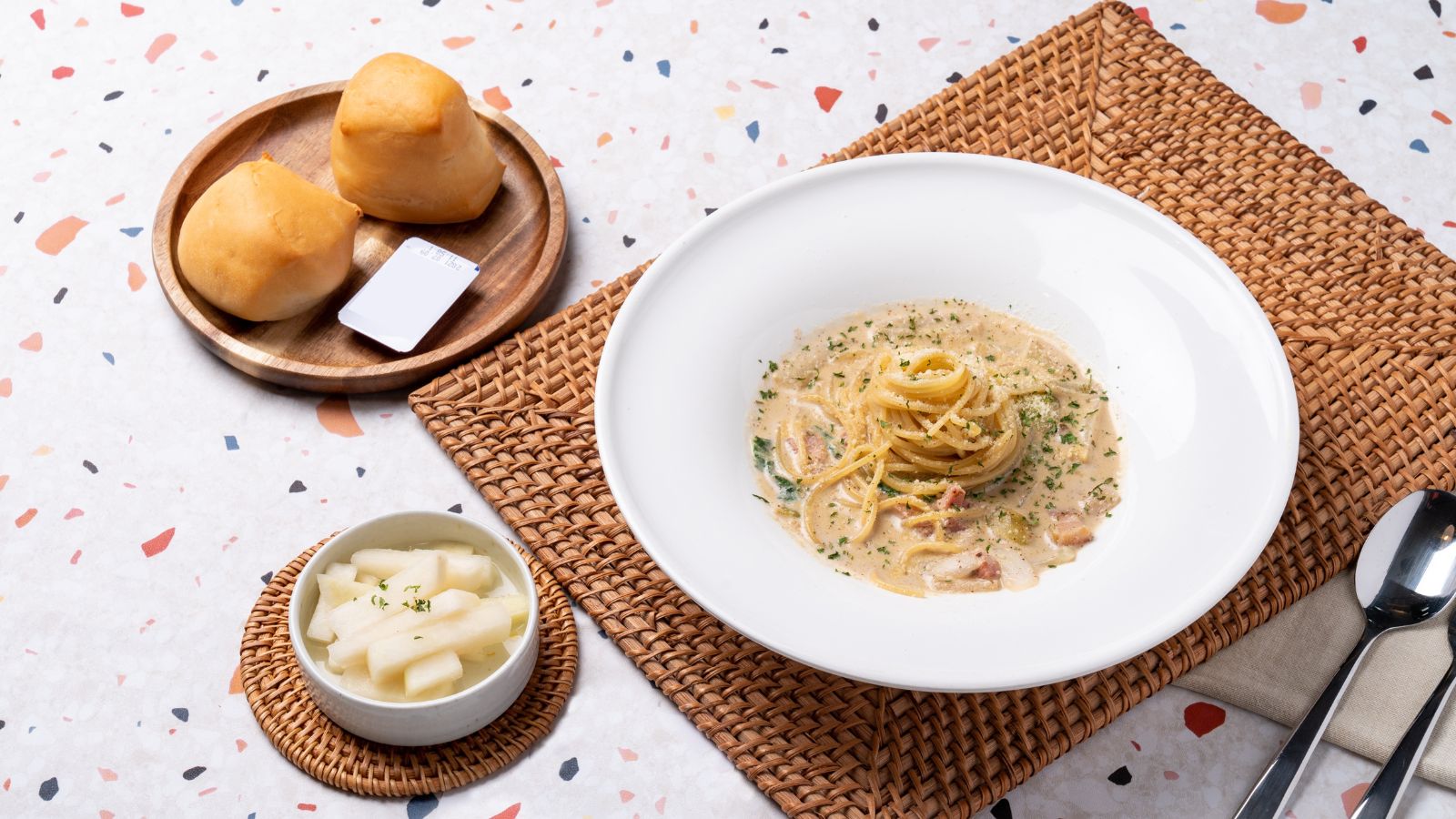
Vesuvio’s was one of Toronto’s oldest and most cherished Italian restaurants, operating for more than 60 years in the Junction. Known for its hearty pasta, pizza, and warm hospitality, the restaurant has been run by the same family for generations. Vesuvio’s was a restaurant and an institution that helped anchor the community through decades of change. Its closure in 2020 marked the end of an era, leaving regulars devastated. The family cited rising costs and the immense challenges of operating during the pandemic. For many, Vesuvio’s will always remain a symbol of classic, old-world Italian dining.
Frank Vetere’s

Frank Vetere’s was a chain that offered casual dining, with pasta, steaks, and seafood, in a friendly, slightly upscale setting. Over the years, through the mid-’80s, many locations gradually closed, leaving only memories. Patrons talk about large family dinners, business lunches, classic Italian-Canadian favourites, and red sauce staples. It was the kind of place where special occasions mingled with weeknight meals, where people dressed up a little, but not too much. When it vanished, diners lost both flavor and familiarity.
Crocodile Rock

Crocodile Rock was a staple of Toronto’s nightlife, famous for its lively atmosphere, rooftop patio, and affordable food-and-drink deals. Popular with university students and young professionals, it was always buzzing on weekends, with crowds lining up for its music and party vibes. Despite decades of success, the COVID-19 pandemic delivered the final blow. With indoor dining restrictions and rising costs, the owners announced its closure in 2020. For many, “Croc Rock” was more than a bar, it was a rite of passage in Toronto’s entertainment district, and its absence leaves a nostalgic void.
Shore Leave

Shore Leave brought tiki-inspired dining to Toronto, combining exotic cocktails with inventive small plates. Its tropical theme, complete with colorful décor and creative drinks, offered a unique escape from the city’s busy streets. For many, it was the perfect spot for after-work gatherings or weekend celebrations. Despite a loyal customer base, Shore Leave faced mounting financial pressures, including unpaid rent, which worsened during the pandemic lockdowns. When it closed, patrons mourned not just the menu but the playful, transportive atmosphere that had made it stand out in the city’s competitive dining and bar scene.
Captain John’s Harbour Boat Restaurant

Captain John’s was a floating restaurant chain, with boats docked, fine-casual dining, and seafood specialties. Patrons often recall romantic dinners with waterfront views, seafood platters, and an ambiance you couldn’t find in a regular building. It closed in 2015, and many consider it a loss not just of food, but of atmosphere. The idea of dining aboard a converted ship was unique in Canada. Its disappearance is felt by those who valued that novel, scenic setting. The meals, décor, and setting made Captain John’s more than just a dinner, as it was an outing and experience.
Green Beanery

Green Beanery stood out as both a café and a retailer, specializing in sustainable coffee beans and eco-friendly products. Located near the University of Toronto, it became a popular stop for students, academics, and coffee aficionados looking for unique blends from around the world. The café also supported community and environmental initiatives, giving it a socially conscious identity. Its closure came as a major disappointment for those who valued its mission as much as its menu. With rising competition from larger chains and pandemic difficulties, Green Beanery’s exit was felt far beyond its neighborhood.
Hey Kiddo

Hey Kiddo was a playful and family-friendly restaurant that quickly carved out a niche in Toronto’s dining scene. Known for its approachable menu that catered to both adults and kids, it became a favorite among parents looking for a stress-free dining experience. The quirky décor and relaxed service made it a welcoming spot for gatherings. Unfortunately, the pandemic forced the closure of many emerging restaurants like Hey Kiddo before they could fully establish themselves. For families who relied on its thoughtful concept, the shutdown represented more than just the loss of a restaurant. It meant losing a community hub.
Il Gatto Nero

Il Gatto Nero was a College Street classic, serving authentic Italian fare for more than 50 years. Known for its pasta, veal, and traditional dishes, it became a cornerstone of Toronto’s Little Italy. Its family-run warmth and old-school vibe made it a go-to spot for generations of diners celebrating milestones or simply craving hearty Italian cooking. The closure struck a chord with the community, as it symbolized the end of one of the neighborhood’s longest-standing restaurants. Rising costs and pandemic restrictions finally forced the owners to shutter, leaving locals with decades of fond memories.
Café Henry Burger

Café Henry Burger was a classic chain with deep roots, especially in Quebec. Opened in the early 20th century, it offered traditional burger diner food, milkshakes, and a neighborhood vibe. Patrons remember that it felt like a place where you could go at any time of day, for breakfast, lunch, or a late-evening snack, and be welcomed by the same friendly faces. When it closed, officially in 2006, communities lost more than a place to eat; they lost a tradition. The sense of routine and comfort it provided has been hard to replace.
LeTAO

LeTAO, the Japanese dessert café, brought something truly unique to Toronto with its signature cheesecakes and pastries. Imported directly from Japan, its sweets were light, delicate, and unlike anything else available locally. For dessert lovers, it was a destination spot, attracting foodies from across the city who craved its rare offerings. Despite initial excitement, the café closed its doors sooner than many expected, leaving fans disappointed. With niche appeal and the challenges of high operating costs in Toronto, LeTAO couldn’t sustain itself, making its closure a bittersweet reminder of how hard it is for specialty cafés to survive.
Lucia
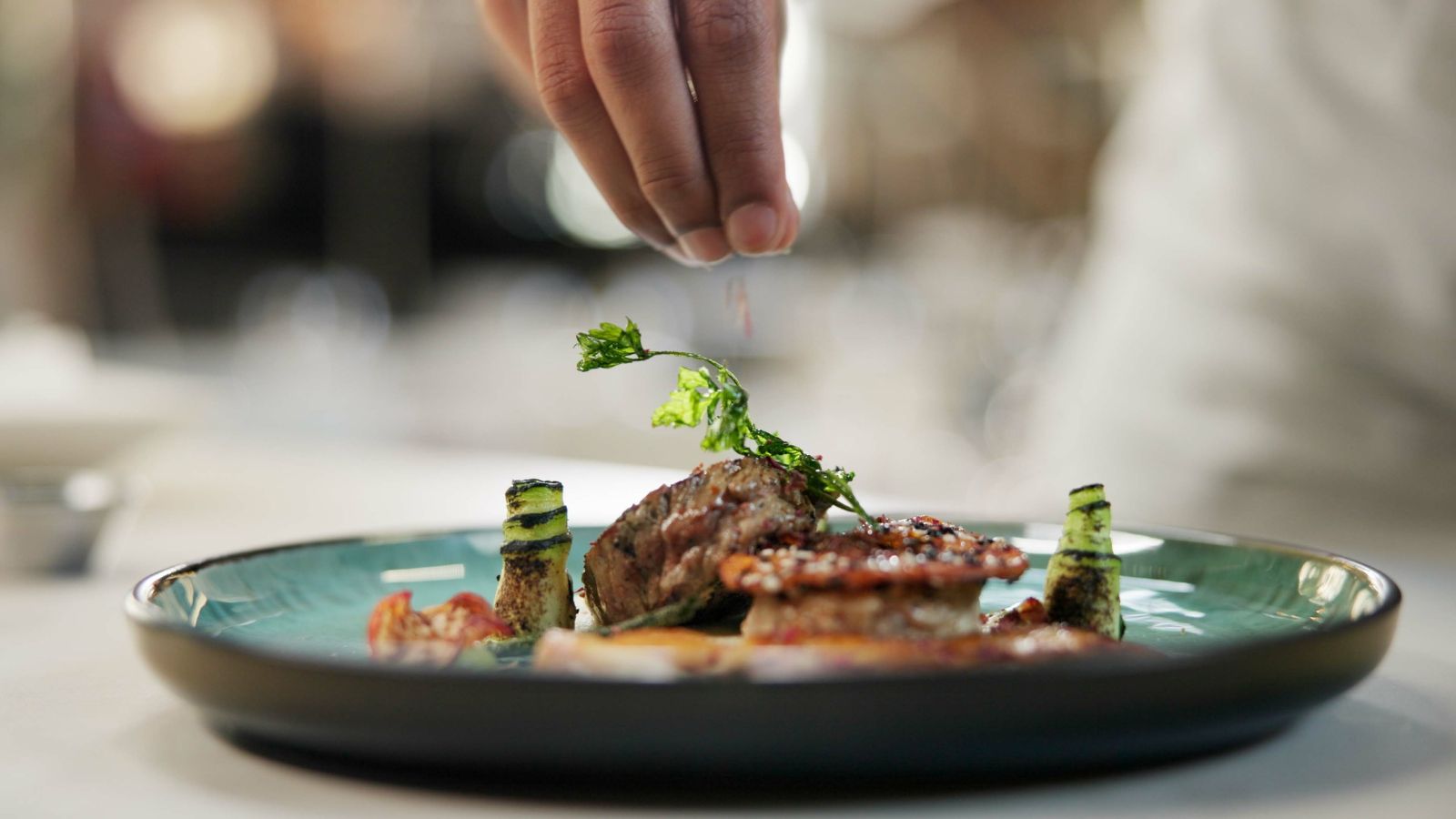
Lucia was a fine-dining spot that combined Italian inspiration with modern culinary flair. Known for its intimate setting, seasonal menus, and beautifully plated dishes, it offered a sophisticated alternative to Toronto’s casual Italian eateries. It became a favorite for romantic dinners and special occasions, winning over diners with both quality and atmosphere. However, like many upscale independent restaurants, Lucia was hit hard by lockdowns and reduced dining demand. When it closed, the city lost not just another restaurant, but a rare gem that celebrated creativity and craftsmanship in a warm, elegant setting.
Café Belong

Located in Toronto’s Evergreen Brick Works, Café Belong was celebrated for its farm-to-table philosophy and commitment to local, sustainable ingredients. Chef Brad Long created a menu that emphasized seasonal Canadian produce, making it a favorite among eco-conscious diners. The café was also deeply tied to the Brick Works community, offering a serene escape from the city’s bustle. Its closure was particularly disappointing for those who valued its unique mission of connecting food with sustainability. While the space remains a cultural hub, the absence of Café Belong leaves a gap in Toronto’s culinary landscape.
21 Products Canadians Should Stockpile Before Tariffs Hit

If trade tensions escalate between Canada and the U.S., everyday essentials can suddenly disappear or skyrocket in price. Products like pantry basics and tech must-haves that depend on are deeply tied to cross-border supply chains and are likely to face various kinds of disruptions
21 Products Canadians Should Stockpile Before Tariffs Hit
